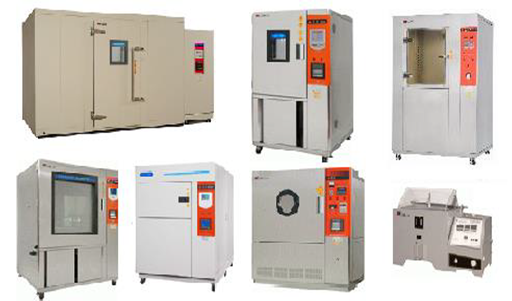
Scientific history is filled with innovations that made life easier for humans. Some of the tools helped improve our lifestyle, while others helped us understand nature even better.
We come across various research results about things that are part of our daily routines. But do you know there are specific tests that are common to almost all the research? These environmental chambers! Environmental chambers are closed machines that can create environmental conditions of your choice.
Using these chambers, humans have discovered different concepts, like the effects of different environmental conditions on objects.
Environmental chambers are the tools that create artificial environmental conditions for the sample. Scientists use these tools to test different samples’ resilience, safety, and durability.
In this blog, you will find out the historical journey of environmental chambers.
History of Environmental ChambersEarly Beginnings
When we look at the history of environmental chambers, we see that their innovation dates back to the late 19th century. These environmental chambers became widely used and popularly known in the early 20th century. With this increasing demand, the scientists needed more chambers for their research.
For example, some scientists wanted high temperatures, while others needed freezing temperatures to study their effect on different samples. The very first environmental chamber was a box or a room.
At that time, the scientists could adjust the temperature and humidity of the environmental chamber. Although, at that time, these products were very simple. Still, they were really helpful for the scientists in various laboratory studies.
Mid-20th Century
After World War II ended, the world saw big advancements in the scientific world. Environmental chambers were also greatly improved. The environmental chambers could now copy specific environmental conditions.
Now, the environmental chambers could create many environmental conditions. For instance, temperature, humidity, light, and gas. Scientists have also designed chambers for a special domain of research:
Plant Growth Chambers
Scientists designed these chambers for researchers. These chambers can change conditions for plants and crops. Such chambers provide the normal environment required for the growth of various plants. Researchers can make use of these products for their annual research.
Stability Chambers
We use these environmental chambers in different industries. These include the cosmetic and medicine-manufacturing industries. They are tasked with checking the stability of different products. And also cater to a wide spectrum of environmental conditions.
Altitude Chambers
Researchers can adjust the environmental conditions resembling different altitudes. One can use these chambers for sports medicine research.
More Discoveries and Automation
In the late 20th Century. The environmental chambers further improved with advancements in information technology. The advanced automation made it easier for researchers to change specific conditions. Scientists could change the conditions in a second. They could even schedule the change in conditions before time.
Thanks to these automations, the experiments in the laboratory became more precise. It also reduced the manual dependency on environmental chambers. Furthermore, scientists introduced other features into the environmental chambers. These additions made it easy to keep track of experimental data over time. Moreover, it made data analysis even easier.
In the late 20th century, the environmental chambers also shrunk in size. The desktop-sized chambers made the tool easier to handle for the researchers. It also became portable.
21st Century
The 21st century introduced further advancements in these chambers. The scientists integrate them with several other experimental instruments used in laboratories.
For instance, now scientists can analyze their products kept under controlled environmental conditions. We can analyze samples in an environmental chamber through a microscope. This is how scientists have combined environmental chambers with other equipment.
In addition to this, the environmental chambers can change conditions even at the atomic level. This means that the product heats up at the atomic level, and this heat affects the core of the product.
The Present and the Future
The environmental chambers are the miracle of the technological world. Artificial intelligence and advancements have enabled these chambers to manage conditions automatically. They can now adapt to the conditions. They can even predict the required Environmental conditions for a product.
The Environmental chambers can adapt to an even wider range of environmental conditions. These conditions can range from the depth of the sea to the heights of space. Thus, the environmental chambers play a wider range of roles in laboratory work.
We now use environmental chambers to model climate, explore space, and conserve art. The environmental chambers predict the effects of environmental conditions on the artwork.
Furthermore, we can also protect species that are in danger of extinction using these chambers. With the concerning climatic change, the species are unable to survive. This environmental chamber helps us understand how different species will respond to climatic change.
According to the results, we can then alter the habitat conditions of these species and protect them against extinction.
Conclusion
The journey of environmental chambers began with basic wooden boxes. Now, these wooden boxes have turned into high-tech tools. Over time, environmental chambers have kept pace with scientific advancement. They have also served mankind. For prospects, these chambers seem not to stop.

